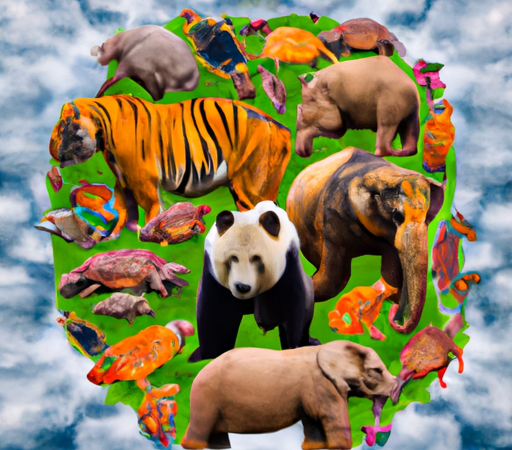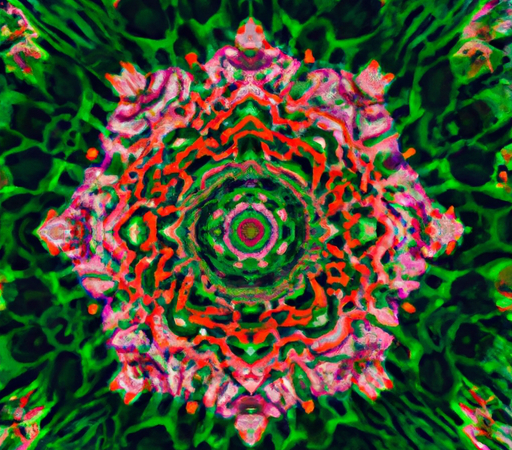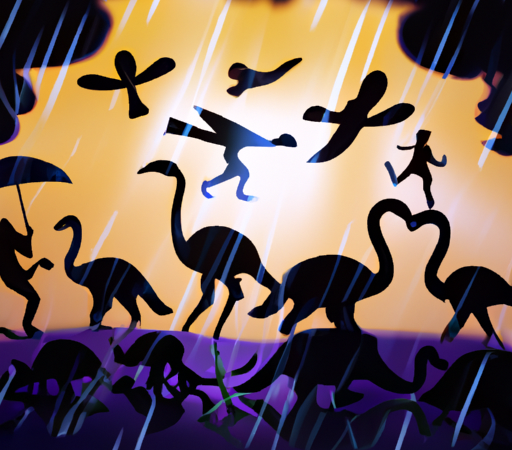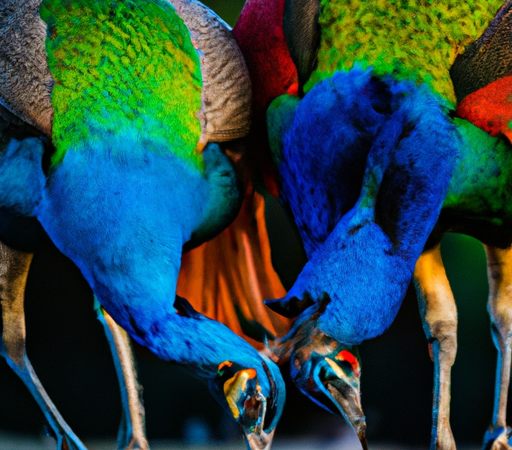The Art of Deception: A Look at Animal Mimicry and Trickery in the Wild
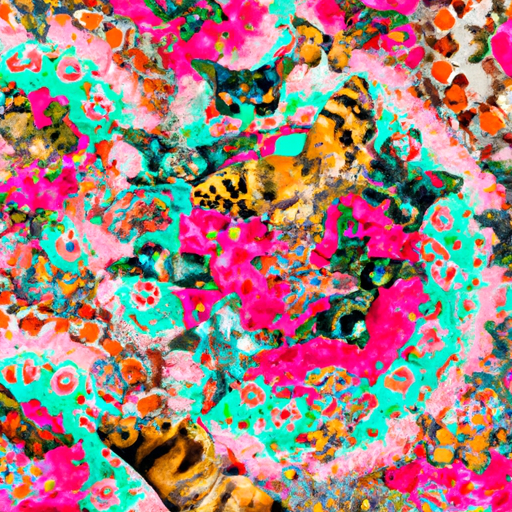
The world of nature never fails to amaze us with its intricate and fascinating adaptations. Among these adaptations, animal mimicry and trickery stand out as some of the most remarkable forms of deception in the wild. Whether it’s for survival, reproduction, or securing a meal, creatures large and small have perfected the art of disguise and trickery to fool their prey, predators, or even potential mates.
Mimicry, as defined by the Merriam-Webster dictionary, is the close resemblance of an organism to another organism or its surroundings for camouflage or deception. In the animal kingdom, mimicry takes on various forms and serves different purposes, often driven by the need for survival. It can be classified into two main types: Batesian mimicry and Mullerian mimicry.
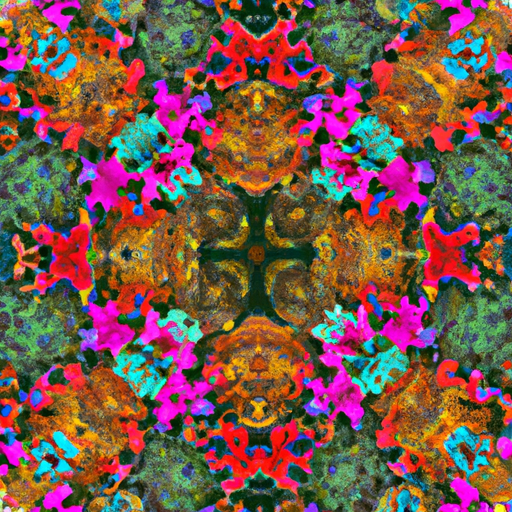
Batesian mimicry is a tactic where a harmless species imitates the appearance of a noxious or dangerous species. One such example is the Viceroy butterfly, which closely resembles the Monarch butterfly. Both share the characteristic black and orange coloration, which acts as a warning sign to predators that they are toxic when consumed. Although the Viceroy lacks the toxic compounds, its mimicry successfully deters potential predators from attacking it, as they mistake it for the highly toxic Monarch.
Mullerian mimicry, on the other hand, occurs when two or more harmful species resemble each other, increasing their collective chance of survival. This type of mimicry can be observed in venomous snakes. The venomous Coral snake and the non-venomous Milk snake share similar color patterns with red, yellow, and black bands. Predators that have been previously injured by one species quickly learn to avoid both, developing an aversion to either version of the similar-looking snakes.
While mimicry focuses on deceiving predators or potential prey, animals also employ trickery for survival and mating purposes. One notable example is the fascinating behavior of the anglerfish. The female anglerfish has a bioluminescent lure that dangles in front of her jaws like a fishing rod. This lure attracts unsuspecting prey, who mistake it for a small, enticing snack. Once the prey gets close enough, the anglerfish swiftly snaps its jaws shut, securing its meal. This remarkable strategy highlights the ingenuity of nature's deceivers.
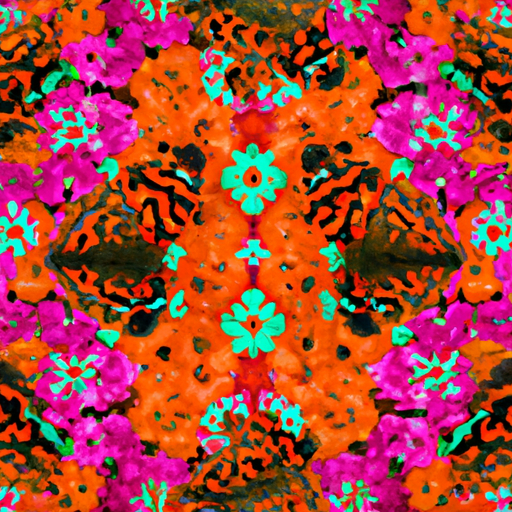
Some animals deceive not only prey but also their potential mates. Male bowerbirds, known for their intricate mating displays, are masters of deception. They construct elaborate structures, or bowers, decorated with carefully collected and arranged objects, such as colorful feathers, flowers, and even human-made items like bottle caps and bits of wire. These displays are designed to attract female partners. The more intricate and well-decorated the bower, the greater the chance that the female will be enticed to mate with the male. These avian artists showcase not only their physical prowess but also their artistic skills to win the affections of a female.
In the vast world of nature, mimicry and trickery play a crucial role in the survival, reproduction, and overall success of countless species. Animal mimicry demonstrates the incredible adaptability of organisms, their ability to blend seamlessly into their environment, and their crafty ways of deterring predators. Meanwhile, animals that employ trickery showcase their creativity and resourcefulness in securing a meal or a mate.
Studying these remarkable strategies offers us a glimpse into the endless marvels of the natural world. It reminds us that even in the wild, the art of deception and trickery thrives, revealing the extraordinary lengths to which creatures will go to ensure their survival and reproductive success.

